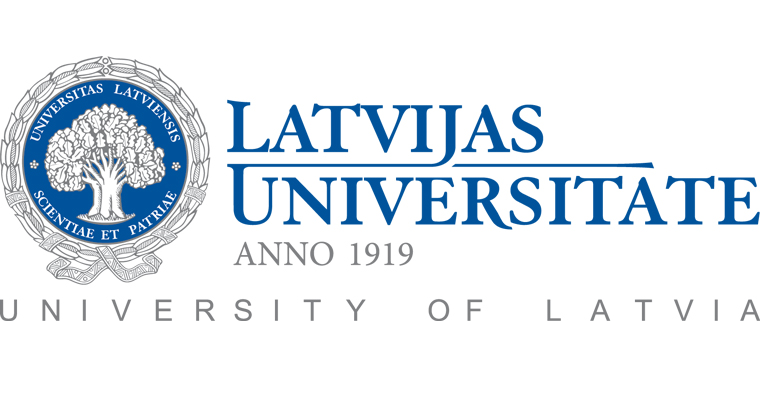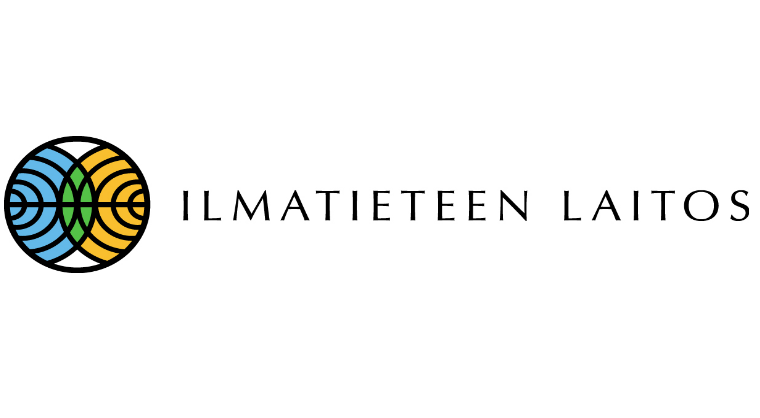We are an international team of scientists and specialists from Vilnius University Šiauliai Academy, University of Latvia, Medical University of Vienna and Finnish Meteorological Institute, working in the aerobiology field. We have investigated and analyzed the dispersion of air allergens (mainly pollen) and its impact on health for more than 10 years. Working together, we have developed a unique Personalized Allergy Symptoms Forecasting System (PASYFO). This system is included in the services of The Copernicus Atmosphere Monitoring Service (CAMS).
The activities of PASYFO require voluntary participation of persons affected by allergy. This is a great opportunity for everyone to contribute to scientific research and to participate in the development of innovative science products. To join, please email pasyfo@sa.vu.lt.




